What’s the role of Antarctica in the global climate system? Why is the ice melting? Where did you go? – and why? What ship where you on? What did you eat for breakfast?
There were many questions,(and hopefully just as many answers) when Nadine and I was invited by Ellen and Ingjald to “Media City Bergen” where we were to make a podcast about life and science onboard an icebreaker in Antarctica. The studio turned out to be the smallest room (without a toilet) that I’d ever been into – but we managed to squeeze in all four of us!
The program will be ready after the summer so stay tuned! And meanwhile, you can listen to previous podcasts from the Bjerknes centre (in Norwegian only for now) and learn about why climate scientists collect pollen (Anne Bjune) to how we can use ocean temperatures to predict cod abundance in Norwegian water (Marius Årthun) – and much more!
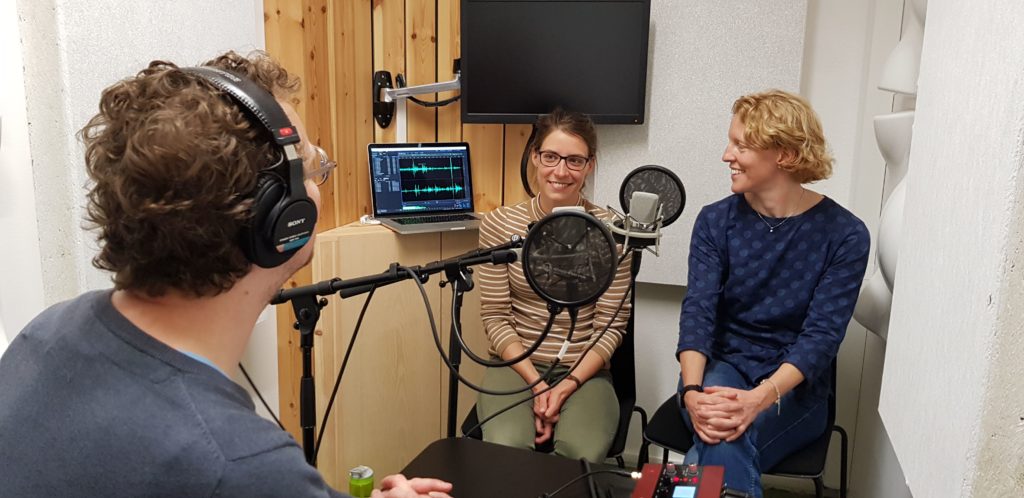
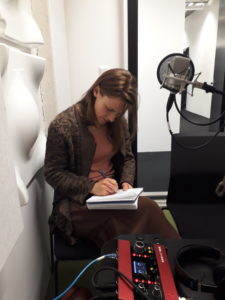


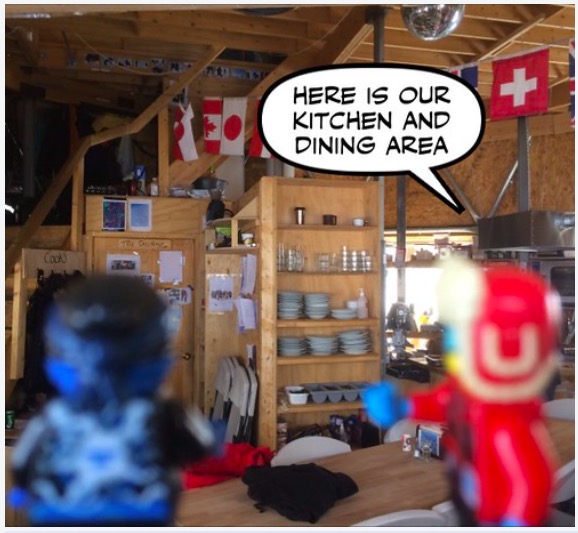
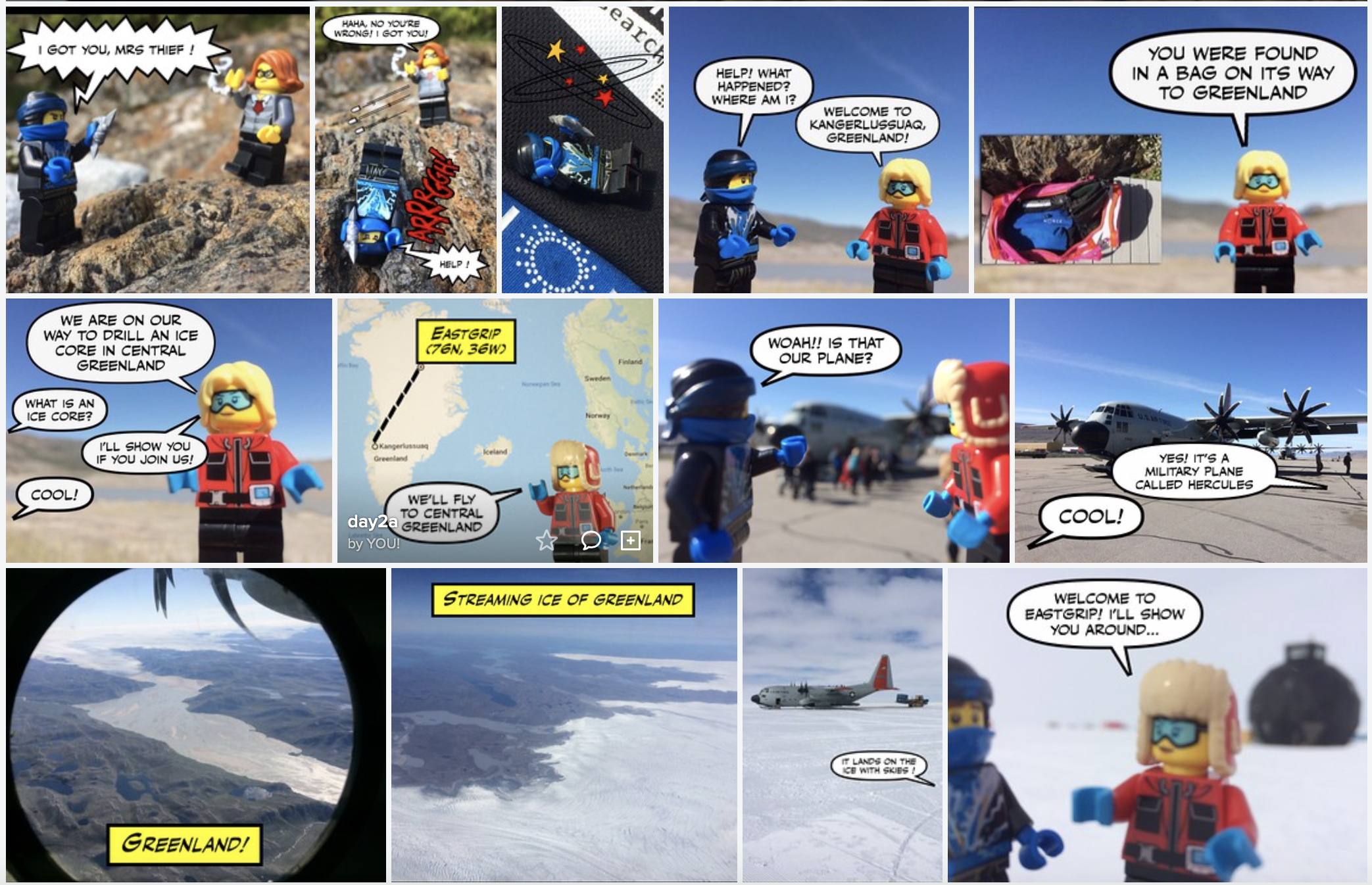
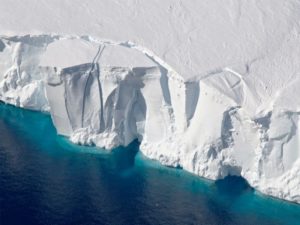
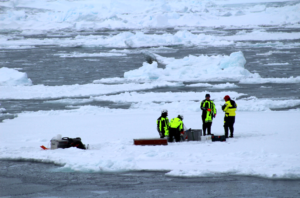
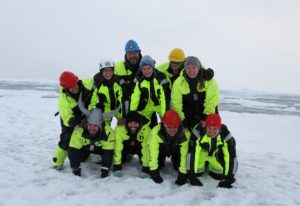
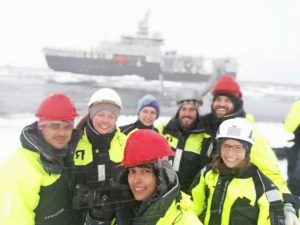
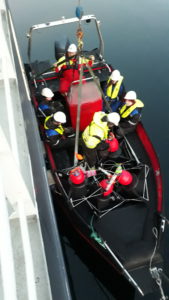
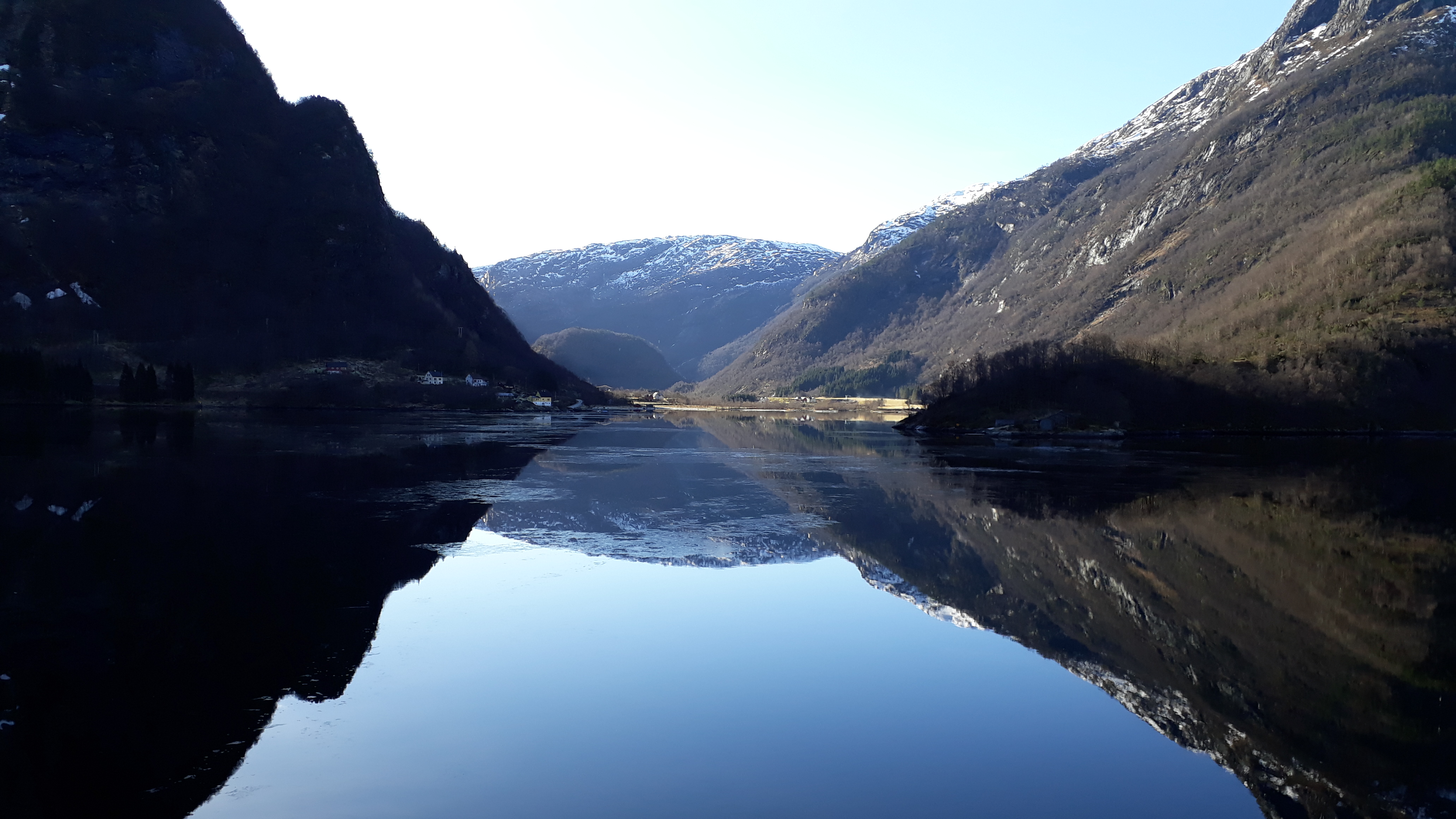

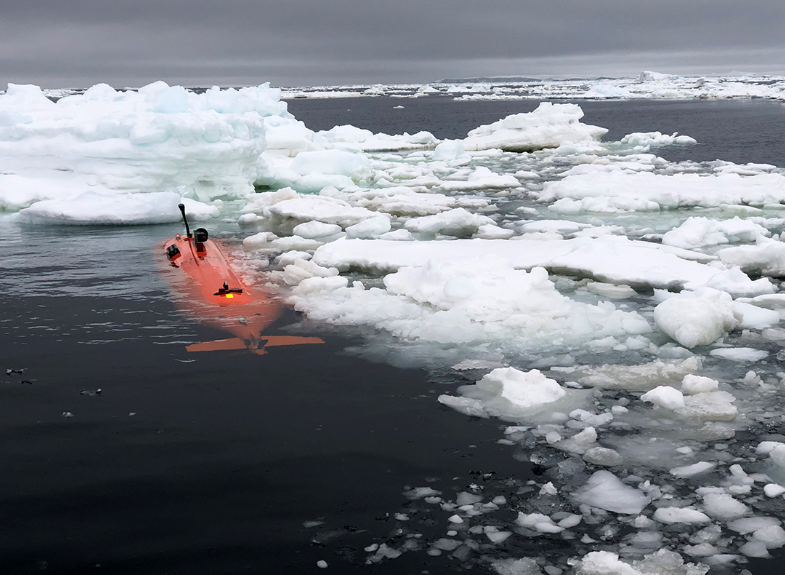

 … and yes, that’s me jumping with the penguins!
… and yes, that’s me jumping with the penguins!

